Constructing the world
Constructing the World I
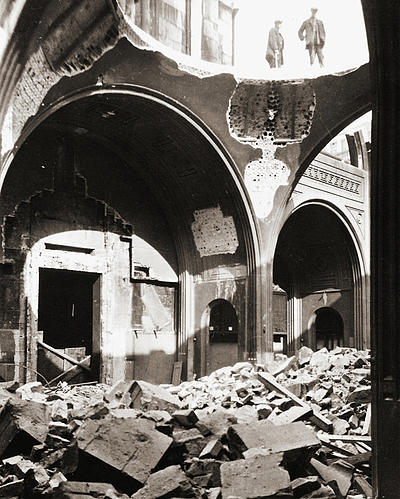
The story of materials and making is also the story of architecture, of art, technology and labour. This semester we will return to a pre-modern idea where art and technique mean the same thing and where the maker is at the centre of architectural production. In this case the maker will be neither the individual author or craftsman but the whole design studio, and together we will design and build a permanent structure. We will expand previous experiments in construction, re-use and bricolage into a complete architectural project which will integrate design, landscape, technology and art into one single collaborative project. The outcome will be the sum of intelligent hands.
Technique and technology come from the Greek word techne meaning ‘a general ability to make things intelligently 1. The original meaning of art, from the Latin artem or ars, was much the same, namely skill. But with the development of the machine the two terms were pulled apart into opposing concepts which remain with us today. The author/artist abstracts notions of intelligence, creativity, sensitivity and expression while the artisan or craftsman refines techniques of making through continuity, practice and tradition. We will draw these concepts together into a common source for the architectural imagination.
We have been commissioned by the Verein Zolliker Kunstfreunde to design and build a belvedere in Zollikon at the intersection of several landscape trails overlooking the lake. We will work collaboratively to produce a permanent public landmark for walkers to pause and view the surrounding landscape.
The programme does not require previous experience in carpentry or craftsmanship (although all experience is valuable) but it does require a willingness to think through making, to be physically and intellectually engaged in the complete collaborative task.
Alongside the collective core, each student will be required to develop an individual case study focusing on a specific topic elaborated from the common project. The case study will be an illustrated written thesis of 7,000 to 10,000 words researching and reflecting on either aspects of material and technical knowledge or on the history and theory of landscape, craft or construction. Each case study will be individually tutored throughout the semester.
The design studio is integrated with a construction based seminar week based in Zürich & Zollikon. We will carry out a series of workshops that are thematically related to our building project and will give insights into history of timber construction as well as hands-on advise on timber crafting.
The Atlas and the Collection
“The ruin is a site not of melancholy or mourning but of radical potential – its fragmentary, unfinished nature is an invitation to fulfil the as yet unexplored temporality it contains. Ruins are freighted with possibility, even with utopian promise.”
Brian Dillon on Ruins
It has been said that we live in times of ruination. The recent collapse in global economics combined with ecological peril gives us lots to be fearful about and architectural ruins of our age are not Romantic follies in constructed picturesque settings but what remains from our declining industrial age. However, perhaps we can draw more optimism from the condition of decay and decline and find in our contemporary ruins spaces for an alternative future where growth and decay are restored to a natural balance or as George Simmel proposed, to an accommodation between nature and culture.
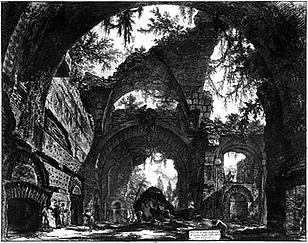
The ruin transcends programme whether real of simply imagined. Use has been suspended placing the architecture in a state of exalted liberation. People and life is replaced with the pathos of decay. Former users have moved on and their memory fades with the architectural details eroded by weather, by recolonisation of nature which waits for no one or by simply becoming quarry through neglect. Both states open potential but more importantly conflate production and decay, usefulness and erasure leaving a future free from predetermined expectations. Liberal capitalism doesn’t allow for ruins which is what makes them so essential. But they may still be invented. All meaning can be projected on the ruin as an allegory for global and regional political forces.
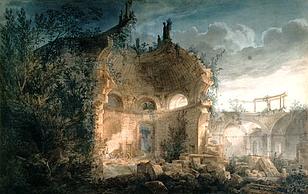
Architecturally, the ruin is reminder of the passage of time, a remnant of the past yet, however paradoxical, it is also a fragment of the future. The collection is a representation of the world in fragments. The ruin and the collection are born of the same Romantic imagination to remake the work from what is around us. The structure of the city may be described by its plan, aerial view, institutions or moments however its meaning also emerges in time through encounter and experience. We shall look at the interiority of the collector’s world and the promise of the ruin to offer an alternative future to master-planning and the tabula rasa, an alternative which is more accommodating of difference, more caring of nature and traces of life which already form our landscape. We will examine what is already there and create a vision premised on a future urban landscape assembling old and new structures just as the collection comes to represent the world in disconnected fragments. The ideas will grow from the singular towards the plural, from the individual to the collective. Like the collector, we will work from the interior towards the city rather than from the city to the interior.
We will carry these themes throughout the semester, starting with a full-scale construction followed by a comprehensive and detailed design project to re-use a large distribution complex in Zurich Altstetten.
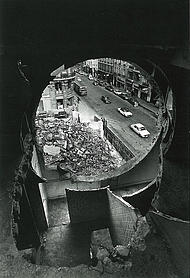
Together, we will build a tower housing an elevated room like a cave released from it enclosing mountain. The Monk’s Parlour buried at the rear of John Soane’s extraordinary house-museum in London, fuses objects, space and light into a layered universe of its own; one of memory, ancient and ruined but also one of abstraction and multiple horizons layered in deep labyrinthine top lit voids. We will reinterpret Soane’s inner world as a free standing pavilion reinvented for our contemporary world. Made from reclaimed timber, fabric and plaster, the structure will open the semester’s tectonic heart. Collective construction will lead to designing the room and the city – or more precisely, a room as a city.
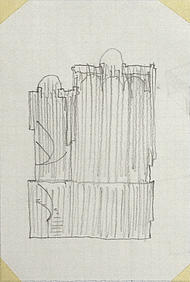
The construction of the Monk’s Parlour will be followed by the design of another greater urban interior with the re-use the Schnellgutbahnhof in Altstetten, an interior at the scale of a landscape.
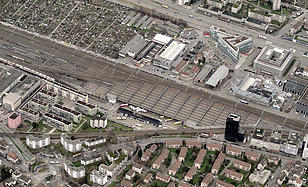
Like the ruins of the Colosseum, which for centuries were re-imagined to house a new Baroque Rome or Diocletian’s Palace, which was turned inside out and transformed from declining imperial residence to vibrant medieval city inside its walls. The seemingly endless structure of the Schnellgutbahnhof, now beyond use, has only potential. Its scale and texture are reminiscent of the Schrebergarten across the tracks. Can its future match the richness of life of the gardens?
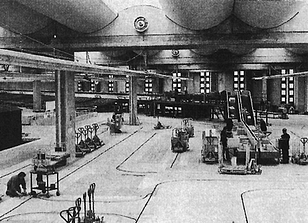
Built in 1967 as a distribution warehouse for Zurich, it has gone from technological perfection to obsolescence in half a century. But while the use may be over, its great top lit halls (reminiscent of John Soane’s sublime zenithal spaces) and epic concrete structure remain. We will propose new uses and spaces, from the perspective of an imagined ruin. We will create an ideal, through the survey, from which to propose a precise intervention. Using the skills developed in making the pavilion, we will use large-scale models to focus on character, light, construction and materials.
Please sign up for following courses;
051-1115-12L - Architectural Design V-IX
063-1315-12L - Integrated Discipline Focal Work
063-1415-12L - Integrated Discipline Planning
Student Work
Witt Basil, Wezel Carlo
Keller Dominik, Leu Jan
Deborah Suter, Marie Lutz
Patricia Chia back to top